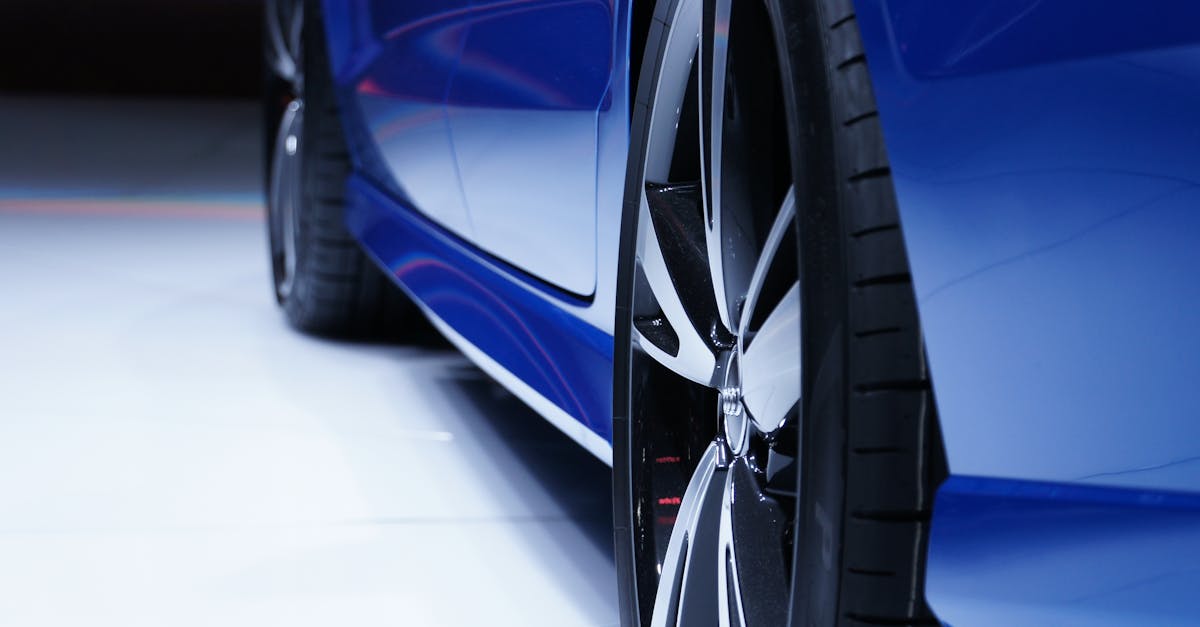Standing out among the Street's worst performers today is Penske Automotive Group,, a auto & truck dealerships company whose shares slumped -10.2% to a price of $96.14, 33.14% below its average analyst target price of $143.8.
The average analyst rating for the stock is buy. PAG underperformed the S&P 500 index by -7.9% during today's morning session, but outpaced it by 20.0% over the last year with a return of 6.4%.
Penske Automotive Group, Inc., a diversified transportation services company, operates automotive and commercial truck dealerships. The company is categorized within the consumer cyclical sector, which encompasses the luxury goods, clothing, travel, and entertainment industries. The cyclical aspect of these companies refers to the tendency of their sales -- and as a result, their stock price -- to correlate with periods of economic expansion and contraction.
The reason behind this is that when the economy is growing, the average consumer has more money to spend on the discretionary (non necessary) products that cyclical consumer companies tend to offer. Consumer cyclical stocks may offer more growth potential than non-cyclical or defensive stocks, but at the expense of higher volatility.
Penske automotive group,'s trailing 12 month P/E ratio is 5.3, based on its trailing Eps of $18.12. The company has a forward P/E ratio of 6.1 according to its forward Eps of $15.66 -- which is an estimate of what its earnings will look like in the next quarter. As of the third quarter of 2022, the average Price to Earnings (P/E) ratio for US consumer cyclical companies is 24.11, and the S&P 500 has an average of 15.97. The P/E ratio consists in the stock's share price divided by its earnings per share (Eps), representing how much investors are willing to spend for each dollar of the company's earnings. Earnings are the company's revenues minus the cost of goods sold, overhead, and taxes.
The problem with P/E ratios is that they don't take into account the expected growth in earnings of the stock. Sometimes elevated P/E ratios can be justified by equally elevated growth expectations. We can solve this inconsistency by dividing the company's trailing P/E ratio by its five year earnings growth estimate, which in this case gives us a 0.28 Price to Earnings Growth (PEG) ratio. In PAG's case, the elevated P/E ratio is justified by future earnings growth estimates -- assuming those estimates turn out to be close to reality.
To understand a company's long term business prospects, we must consider its gross profit margins, which is the ratio of its gross profits to its revenues. A wider gross profit margin indicates that a company may have a competitive advantage, as it is free to keep its product prices high relative to their cost. After looking at its annual reports, we obtained the following information on PAG's margins:
- 2021 gross margins: 17.4 %
- 2020 gross margins: 15.6 %
- 2019 gross margins: 14.9 %
- 2018 gross margins: 15.0 %
- Average gross margin: 15.7 %
- Average gross margin growth rate: 5.2 %
- Coefficient of variability (higher numbers indicating more instability): 7.3 %
We can see from the above that Penske Automotive Group, business is not strong and its stock is likely not suitable for conservative investors.
Companies have many costs that arise independently from their core business: cost of maintaining debt, rent payments, capital expenditures, depreciation, etc. When all of these separate cash flows are taken into account, we are left with the company's free cash flow, which for Penske Automotive Group, was $1,044,400,000.00 as of its last annual report. This represents the amount of money that is available for reinvesting in the business, or for paying out to investors in the form of a dividend. With its strong cash flows, PAG is in a position to do either -- which can encourage more investors to place their capital in the company. Over the last four years, the company's free cash flow has been growing at a rate of 87.6% and has on average been $660,675,000.00.
Another valuation metric for analyzing a stock is its Price to Book (P/B) Ratio, which consists in its share price divided by its book value per share. The book value refers to the present liquidation value of the company, as if it sold all of its assets and paid off all debts). Penske automotive group,'s P/B ratio indicates that the market value of the company exceeds its book value by a factor of 1.7, but is still below the average P/B ratio of the Consumer Cyclical sector, which stood at 3.11 as of the second quarter of 2022.
Penske Automotive Group, is likely undervalued at today's prices because it has a very low P/E ratio, a lower P/B ratio than the sector average, and a generally upwards trend of positive cash flows. The stock has mixed growth indicators because of its weak gross margins, that display an upwards trend, and a PEG ratio of less than 1. We hope this preliminary analysis will encourage you to do your own research into PAG's fundamental values -- especially their trends over the last few years, which provide the clearest picture of the company's valuation.
Thanks for reading! For more daily equity analysis, subscribe to our free newsletter!


